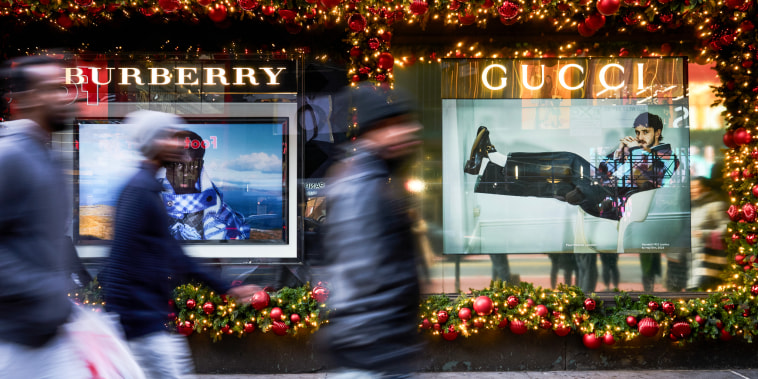The prevailing sentiment among a majority of Americans regarding the economy has taken a positive turn. Contrary to previous times of uncertainty and apprehension, there seems to be a rising tide of optimism which is pivotal in rejuvenating the spirits of the nation. However, it is worth noting that this perspective is not universally shared, with certain demographics and sectors retaining a more cautious approach.
Shifting perspectives regarding the economy chiefly revolve around the notion that the nation is on the recovery pathway from the global COVID-19 pandemic. Vaccination efforts, job creation initiatives, and stabilization of numerous businesses and services have contributed significantly to this newfound buoyancy. According to a recent survey by the University of Michigan, consumer sentiment showed an unexpected gain in June 2021, which serve as a testament to this trend.
A key component of this optimism is the job market. Statistics by the US Labor Department indicate that an additional 850,000 jobs were added in June 2021, surpassing predictions of Wall Street economists. This surge in job creation implies the revival of sectors that had incurred massive job losses due to the pandemic. Sectors such as leisure, hospitality, retail, and healthcare lead the upward trajectory, kindling hope among many Americans.
In addition, the combination of robust stimulus packages, low-interest rates, and the potential of infrastructure spending has equally been instrumental in bolstering confidence. The string of stimulus checks from the government provided a lifeline for struggling households and subsequently injected liquidity into the economy. Encouraging economic data such as steady growth in GDP, contained inflation rates, and resurgent stock markets further serve to solidify optimism at a macroeconomic level.
However, it is equally important to acknowledge that not all Americans share this sentiment. Pockets of skepticism and uncertainty remain prevalent, predominantly within communities that have been disproportionately affected by the pandemic or those industries that continue to grapple with recovery. For instance, communities of color have experienced pronounced economic and health disparities due to COVID-19. These exclude them from the growing optimism seen elsewhere in the economy.
Furthermore, industries such as travel, real estate, and certain manufacturing sectors continue to navigate through troubled waters due to the pandemic’s residual impacts. Many of these jobs, which depend highly on face-to-face interactions or an open global economy, remain at risk. Profoundly affected by the pandemic, such sectors may need an extended recovery period, keeping these communities apprehensive of an economic upswing.
While optimism is on the rise, it does not negate the






























